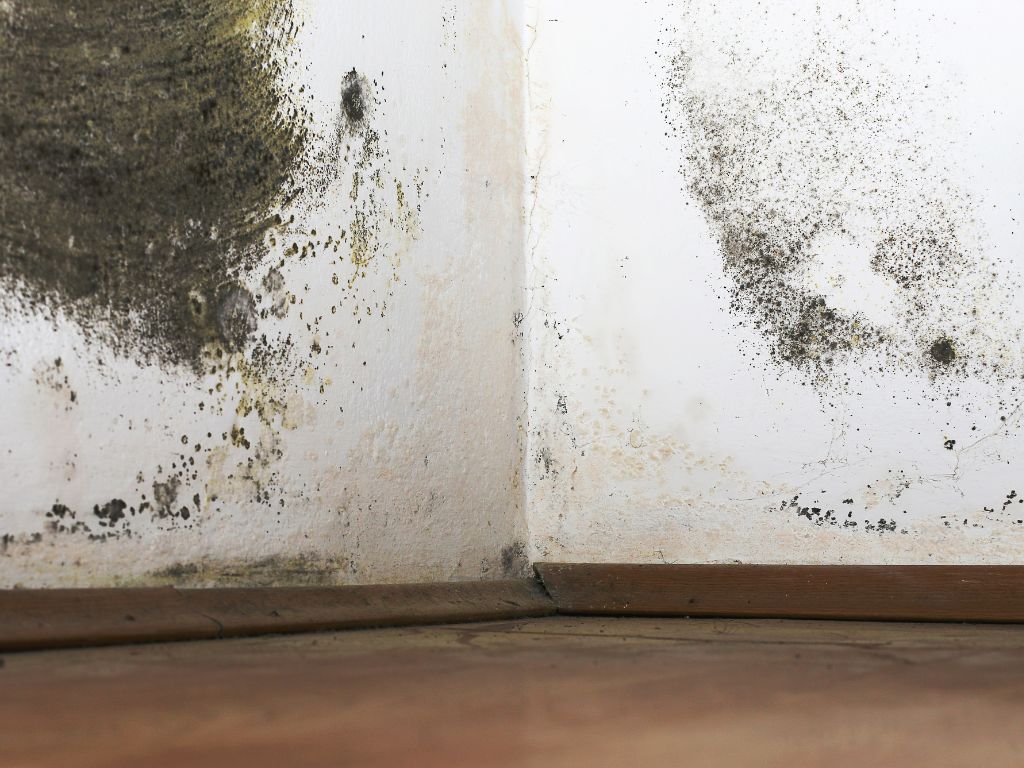The Link Between Black Mold and Respiratory Issues

Have you ever noticed a musty odor lingering in your home or workplace? Fungal growth can often go unnoticed until it starts affecting your well-being. While indoor contaminants come in many forms, toxic spores are among the most concerning due to their impact on respiratory health. Identifying and addressing sources of indoor mold is crucial for maintaining a healthy living and working environment.
Exposure to these harmful particles can introduce airborne toxins, which may trigger various respiratory concerns. Many people turn to black mold detox methods to reduce exposure and support overall wellness. Black mold releases toxins and spores, causing respiratory and allergic issues. Proactive measures to prevent mold growth and ensure proper ventilation are essential for maintaining a healthy indoor environment.
How Toxic Spores Affect the Respiratory System
Airborne spores can be inhaled, entering the respiratory tract and causing irritation. The immune system may react to these particles, resulting in symptoms such as coughing, wheezing, and sinus congestion. Some individuals may experience chest tightness or difficulty breathing, particularly those with asthma or allergies. The severity of respiratory symptoms depends on exposure levels, duration, and individual sensitivity.
Prolonged inhalation of contaminants may contribute to persistent respiratory issues. Preventing exposure by addressing hidden growth and improving air circulation can help reduce these risks. Early detection and removal of harmful sources are crucial for maintaining a healthy indoor environment. Addressing air quality concerns can significantly lower respiratory risks associated with exposure.
Indoor Air Quality and Airborne Contaminants
The quality of air inside directly impacts how well we breathe. Spores can become airborne and circulate through heating and cooling systems, making it difficult to eliminate exposure. Poor ventilation and high humidity create the perfect conditions for fungal development, increasing the likelihood of inhaling harmful particles. Regular air filtration and dehumidification can help control airborne contaminants.
Keeping humidity levels low, sealing leaks, and using high-efficiency air purifiers are effective ways to prevent harmful growth. Maintaining clean and well-ventilated indoor spaces reduces contaminant concentration, improving overall respiratory wellness. Long-term air quality management can further protect individuals from the effects of airborne particles.
Mycotoxins and Their Impact on Breathing
Certain fungi produce mycotoxins, toxic compounds that can irritate the respiratory system when inhaled. These toxins may cause throat discomfort, increased mucus production, or persistent coughing. Some individuals are more sensitive to mycotoxins and may experience heightened symptoms with prolonged exposure. Reducing toxin levels indoors requires proper air filtration and removal strategies.
Ensuring that surfaces, ducts, and ventilation systems are free of harmful buildup can help minimize airborne toxin exposure. High-quality air purification systems can effectively capture spores and improve overall indoor air safety. Individuals with existing respiratory conditions may benefit from additional air quality measures to reduce toxin exposure risks.
Signs of Exposure in the Lungs
Fungal exposure can lead to respiratory symptoms similar to common illnesses, making it difficult to identify. Frequent coughing, shortness of breath, and nasal congestion are common indicators. Some individuals may experience throat irritation, persistent sneezing, or increased sensitivity to airborne particles. Persistent symptoms warrant medical attention, especially in mold-affected environments.
Long-term exposure may contribute to lingering respiratory discomfort. If symptoms persist despite medical treatment, it may be necessary to assess indoor air quality and address potential sources. Identifying related symptoms early and taking preventive measures can help reduce exposure risks and promote better respiratory function. Recognizing these signs can prompt timely interventions, reducing the impact on lung health.
Reducing Indoor Exposure
Minimizing exposure starts with controlling moisture levels. Fixing leaks, improving ventilation, and using dehumidifiers can prevent harmful growth in damp areas. Regularly inspecting basements, bathrooms, and kitchens can help identify problems before they spread. Air purification plays an essential role in reducing airborne contaminants.
Many individuals incorporate black mold detox strategies to support a healthier indoor environment. Sealing walls, floors, and ceilings prevents moisture accumulation, making it harder for harmful growth to thrive. Consistently maintaining a dry indoor environment significantly reduces exposure risks. Frequent cleaning and air monitoring can further enhance prevention efforts.
The Role of Air Purification in Prevention
Advanced air filtration systems are designed to remove airborne contaminants, including toxic spores and mycotoxins. HEPA filters effectively trap microscopic particles, preventing them from recirculating indoors. Using high-efficiency purifiers can help maintain clean indoor air and reduce respiratory irritation. Regular filter replacements and proper ventilation further support respiratory health.
Combining air purification with dehumidification and prevention strategies provides comprehensive protection against indoor contamination. Maintaining clean air is key to reducing exposure and promoting overall well-being. Investing in effective air filtration systems can significantly improve indoor environmental quality.
The Importance of Ventilation in Prevention
Proper ventilation is crucial in reducing contamination indoors. Stagnant air and excess humidity create an environment where harmful growth can thrive. Using exhaust fans in kitchens, bathrooms, and laundry rooms helps improve airflow and reduces moisture buildup. Opening windows when weather conditions allow and using ceiling fans can further enhance air circulation.
Regularly replacing HVAC filters prevents airborne particles from accumulating in air ducts. Keeping ventilation systems clean and functional supports better indoor air quality, reducing exposure risks. Properly managed airflow ensures that contaminants do not settle and spread throughout living spaces.
Supporting Respiratory Wellness After Exposure
After exposure, maintaining good air quality and minimizing irritants are important. Staying hydrated, reducing airborne allergens, and using air purification systems can support respiratory recovery. Individuals with ongoing symptoms may benefit from professional air quality assessments to identify hidden sources. A comprehensive approach combining these strategies can significantly improve recovery and long-term respiratory health.
Routine cleaning with resistant products helps prevent regrowth. Addressing indoor air quality concerns and making necessary environmental adjustments can improve long-term respiratory health. Implementing black mold detox strategies ensures a cleaner living space and reduces airborne particle exposure. Preventive measures are key in safeguarding respiratory function over time.
Black mold detox helps reduce exposure and supports indoor air safety. Using air purification, managing humidity, and improving ventilation can significantly lower airborne risks. Taking proactive steps enhances respiratory comfort and promotes overall well-being. Consistent air quality monitoring ensures a healthier living space. Preventing contamination helps maintain long-term respiratory health and indoor comfort.





